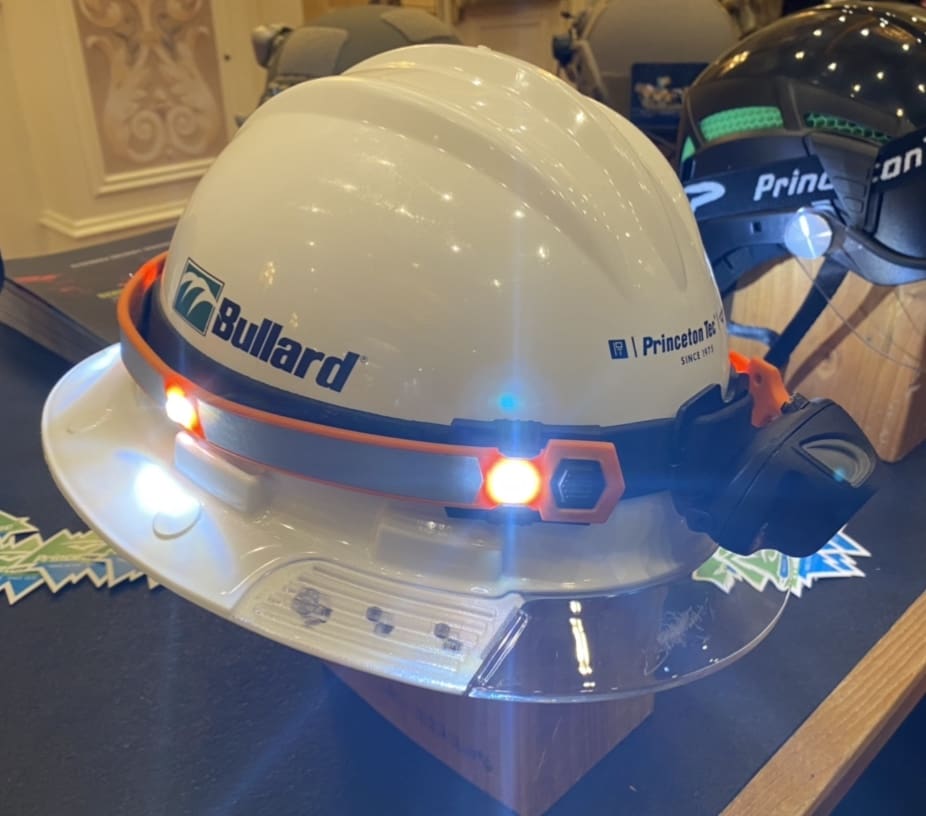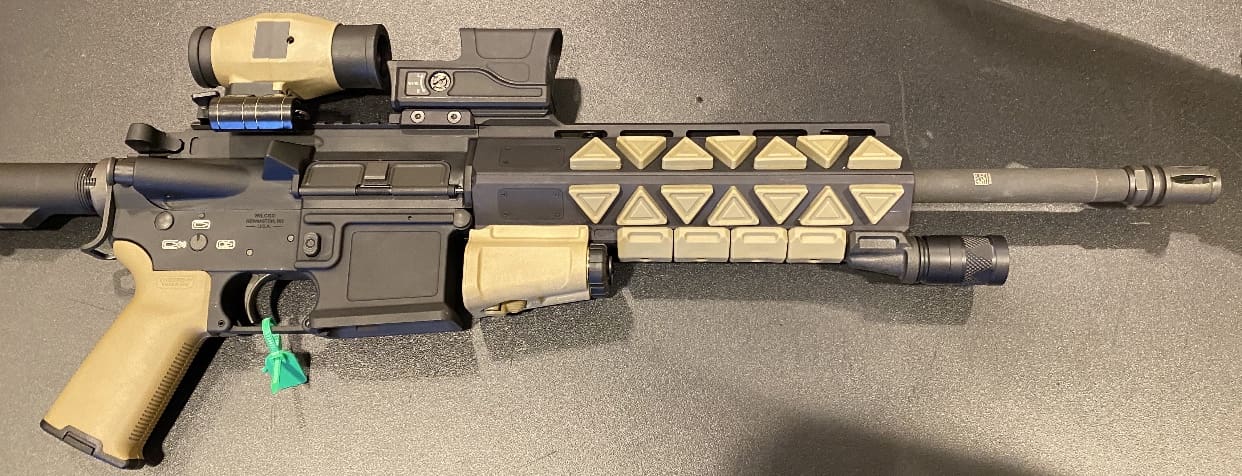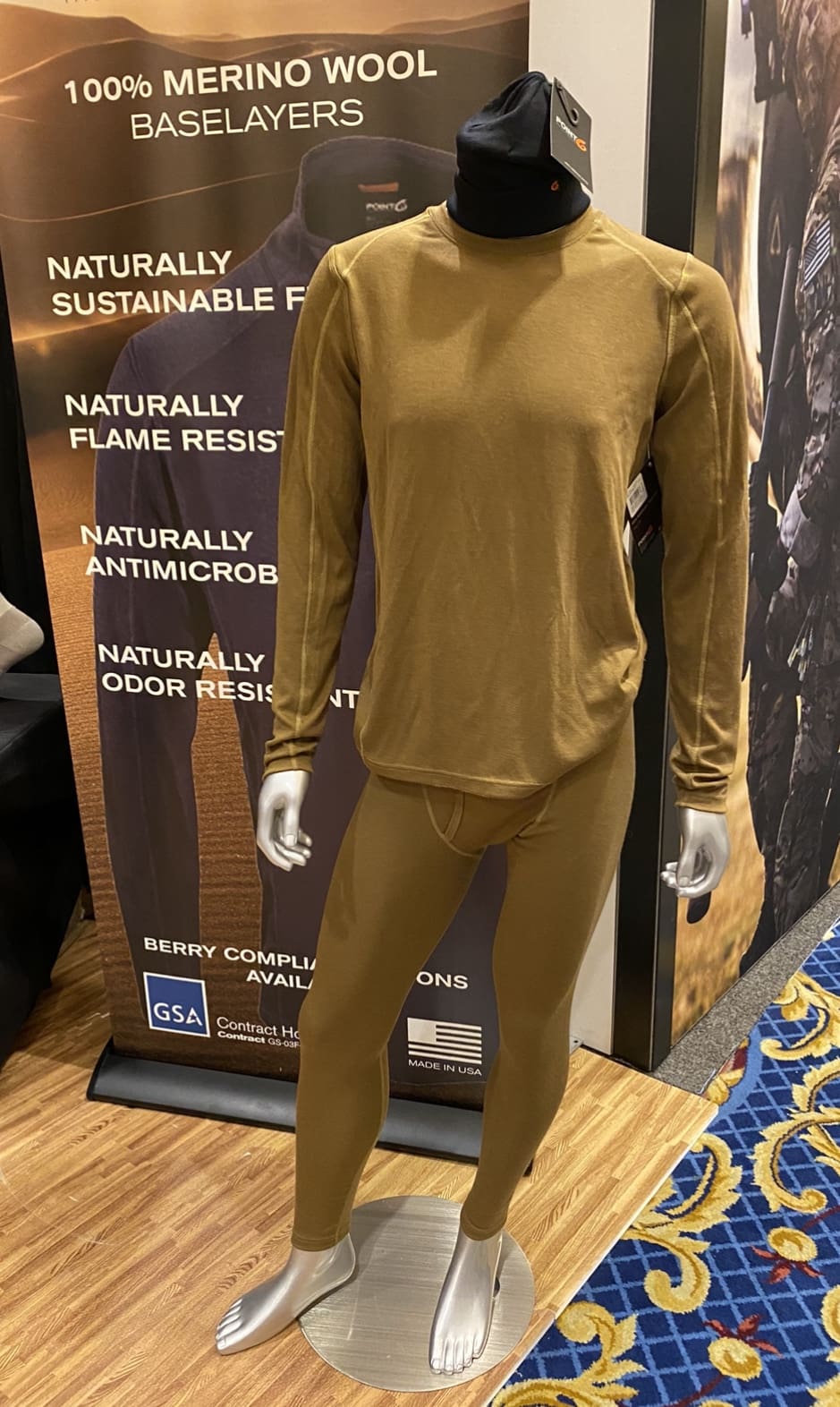FORT LEONARD WOOD, Mo. — Fort Leonard Wood’s trainees are feeling the benefits of additional nutrients during high-intensity training events.

The Modular Operational Rations Enhancements — commonly referred to as MOREs — provide Soldiers with 1,000 additional calories in the form of protein and electrolytes.
According to Capt. Elizabeth Ressler, Moncrief Army Health Clinic Nutrition Care Division chief at Fort Jackson, South Carolina, MOREs were developed to compensate for calorie deficits Soldiers experience during high-intensity activities and are designed to compensate for lost nutrients without replacing daily meals. Caloric deficits have been found to decrease performance, health and overall readiness.
In August 2019, the U.S. Army Center for Initial Military Training authorized MOREs for basic combat trainees during 17 of the especially physically demanding field training days.
“MOREs can be utilized in support of the Army’s Holistic Health and Fitness System,” said Lt. Col. Peggy Kageleiry, Army Center for Initial Military Training Public Affairs director at Joint Base Langley-Eustis, Virginia. “The nutritional readiness domain of H2F encompasses the Army’s nutrition-centric programming and covers all aspects of optimal health, performance and recovery in close proximity to where Soldiers train.”
According to Bill Moffitt, Fort Leonard Wood’s installation food program manager, the post received more than 1,700 cases of cold-weather MOREs in October. The small packaged snacks, including caffeinated pudding and gum, dried fruit, energy gel packs and filled pretzels offer drill instructors here quick, authorized nutritional supplement options for trainees before, during and after events.

Caffeine — historically restricted in basic combat training — is used to provide and replenish energy and is distributed in a controlled manner.
Company E, 2nd Battalion, 10th Infantry Regiment has seen the benefits of MOREs since integrating them into their BCT training schedule in the fall.
“The MOREs provide trainees a little extra fuel during increased levels of stress,” said Company E Commander Capt. Michael Krant. “There’s a mental element where trainees get a little pick me up by being able to have a quick snack during some of the more stressful parts of their training.”
MOREs have been authorized for use during specific BCT events such as The Hammer, The Anvil and The Forge — some of the most physically demanding basic combat training days.
Company E drill sergeant Staff Sgt. La-Tia Rondeau said she has seen the benefits that MOREs bring to trainees during energy sapping events like ruck marches.
“Because we only utilize them during certain events, I believe it has been extremely beneficial — especially when they eat before, during and after (events),” Rondeau said. “They have more energy, they stay awake and they’re more alert throughout the ruck march.”
Pfc. Oksana Schornak, a Company E trainee, said the boost of energy MOREs provide helps trainees accomplish team tasks.
“It gives us a lot of energy,” she said. “If everyone has the energy we can do it together.”
Rondeau added that the convenient size of the snacks reduces the amount of interruptions during the marches, expediting the overall process.
“We give (the MOREs) to them before and tell them when they can eat it,” Rondeau said. “They can pull it out of their pocket, eat it, and we continue the mission.”
“It’s quick to eat, especially if we have to be quick on our feet,” Schornak added.
According to Kageleiry, the H2F System is the Army’s investment in enhancing Soldier lethality and readiness and optimizing physical and non-physical performance and demonstrates the Army’s commitment to its people, the Army’s greatest strength and most important weapon system.
Krant said when used sparingly, the MOREs are helping his trainees meet their potential.
“The calories we’re adding into our trainees’ days are matching the intensity we’re expecting out of them on those days,” he said. “They get (MOREs) when they’ll be most beneficial — during that high-exertion training. We’re getting good results and great feedback.”
By Amanda Sullivan


































































































































